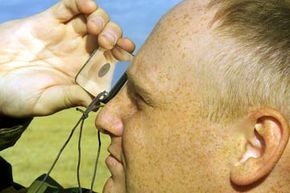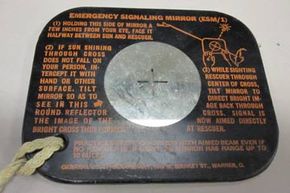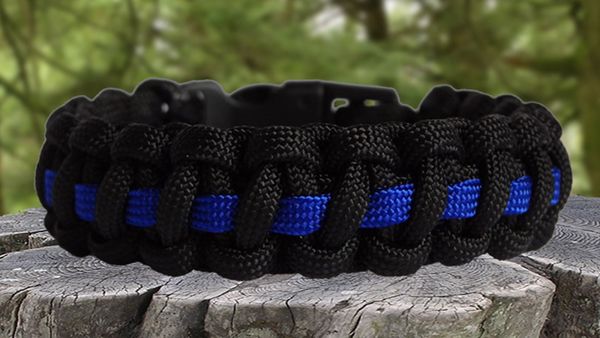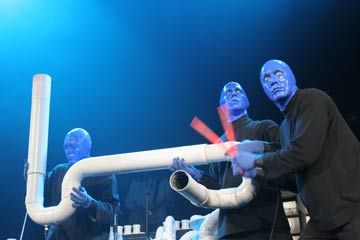Back in the late 1980s, an oral surgeon was in the middle of a two-week raft trip down the Colorado River in the Grand Canyon in Arizona, when disaster struck. He and two other men were on the bank, getting their 18-foot (5.4-meter) raft ready for a trip down the Crystal Rapids when it got caught in a wave, filled with water and ripped the line from their hands.
In the confusion, the rope wrapped around the doctor's leg and dragged him across the rocks toward the raging water. Fortunately, his 24-year-old son rushed to him and, at the last moment, cut the rope. But the victim, left with a fractured knee and pelvis and a dislocated hip, was in bad shape. He needed to get out of the wilderness in a hurry. But there wasn't any way to call someone for help.
Advertisement
Fortunately, another member of the expedition knew exactly what to do. He took a signal mirror and held it to reflect the sunlight. Using Morse code, the venerable system of long and short flashes once used by telegraph operators, he spelled out an "SOS" message. Within a few minutes, the pilots of a jet airliner flying 35,000 feet (10,700 meters) overhead saw the glint of the rafter's mirror, and realized someone was in trouble below. They radioed for help, and soon a rescue helicopter arrived to lift the injured rafter to safety [source: Associated Press].
That rafter isn't alone in owing his life to a signal mirror. Over the decades, there have been many other people stranded in dire situations in the wilderness or at sea whose lives have been saved by this simple device. After all, it fits easily into a backpack or pants pocket; is capable of transmitting messages to rescuers as far as 100 miles (160 kilometers) away or thousands of feet overhead and works in places where there aren't any cell phone towers or electrical outlets to charge batteries.
No wonder that the U.S. Air Force's official survival handbook describes the signal mirror as "probably the most underrated signaling device found in the survival kit." But you need some expertise in using a signal mirror to make it work for you in an emergency.
Advertisement



